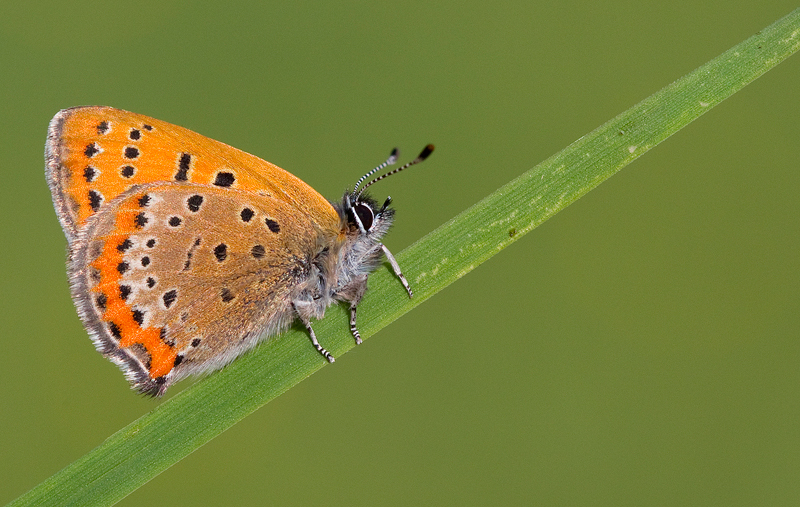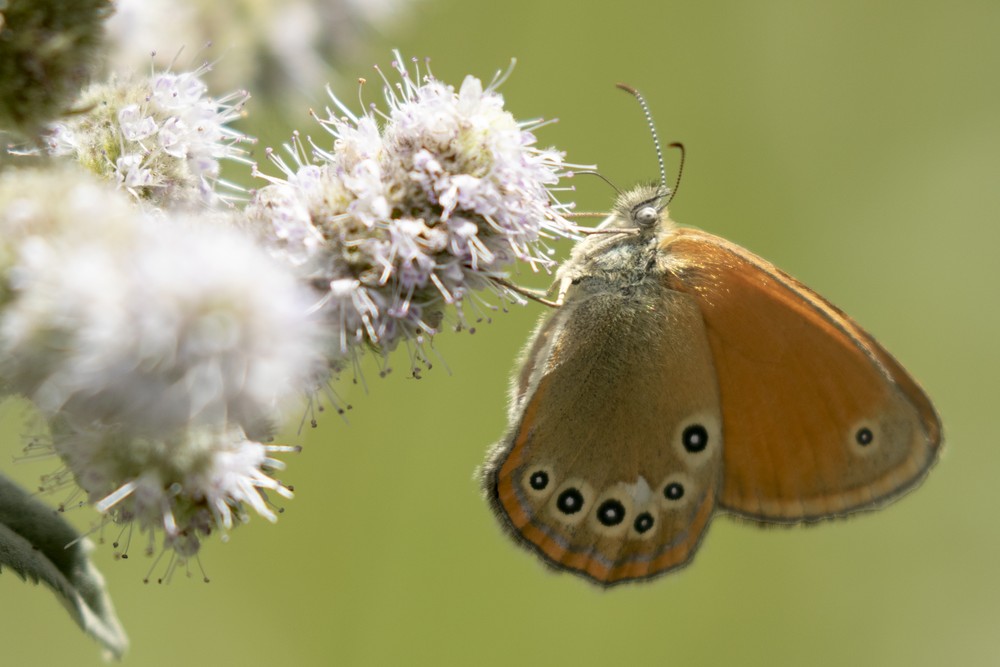Projects

With biodiversity at risk and the consequent disappearance of species at an ever-increasing rate, genetic sequencing is an indispensable tool to conserve a genetic legacy for future generations. help the conservation biology in strategies that will.
The results will join an invaluable source of information for the scientific community in many disciplines such as human health, sustainable agriculture, and the fight against climate change or epidemiology, among others.
As a member of the ERGA project, Andorra has initiated the contribution with the sequencing of the following species. Both sequenced species are species pilot of the project of European Reference Genome Atlas (ERGA).


Details of the sequence of the species of papallona Helleia helle can be consulted on the ENA (European Nucleotide Archive) website.
This project is developed thanks to the collaboration of the Centre for Genomic Regulation of Barcelona (CRG) in the framework of the agreement established between both research institutions, and with the National Center for Genomic Analysis (CNAG). These three centers are in ERGA, and also internally articulated in the Catalan Biogenome Project (CBP).
[1] M. Corominas, T. Garnatje, M. Niell, F. Palero, Diverses presentacions sobre “Projecte Biogenoma: conèixer el genoma de les espècies” a la 53ª Universitat Catalana d’Estiu. Prades 21 d’agost de 2021.
[2] M. Niell, V. Arroyo, R. Cartig, C. Pladevall, B. Komac, T. Alioto, S. Carbonell-Sala, F. Calvet, K. Gazaldeep, R. Guigó, “Helleia helle and Coenonympha glycerion: sequencing of two endangered butterflies from Andorra”, Biodiversity Genomics 2022, Virtual, 3-7 d’octubre 2022.
[3] M. Mc Cartney, A. et al. “The European Reference Genome Atlas: piloting a decentralised approach to equitable biodiversity genomics.” Preprint this version posted September 30, 2023.

 Benjamin Komac
Benjamin Komac Clara Pladevall
Clara Pladevall Manel Niell
Manel Niell Roger Caritg
Roger Caritg Vanesa Arroyo
Vanesa Arroyo